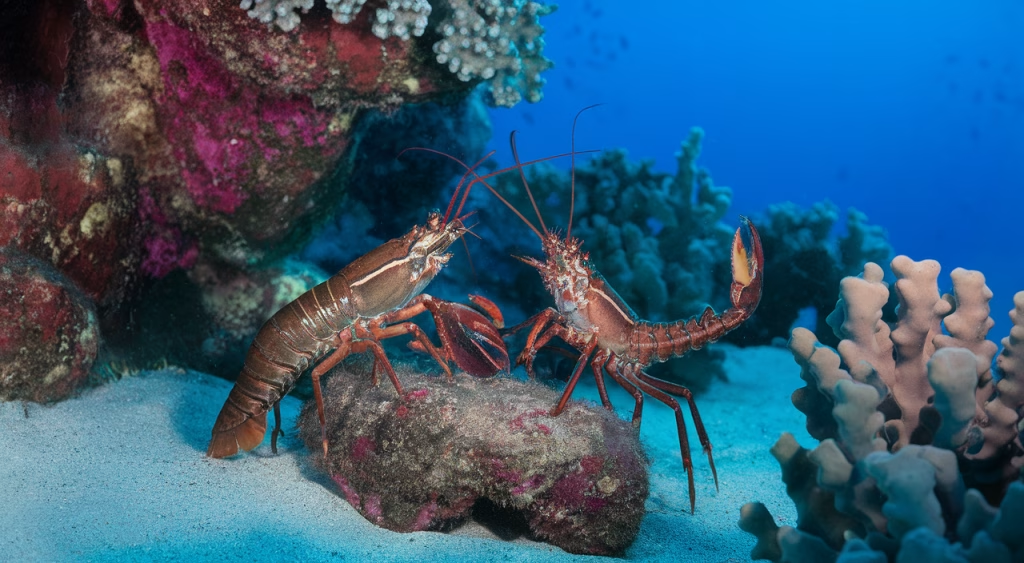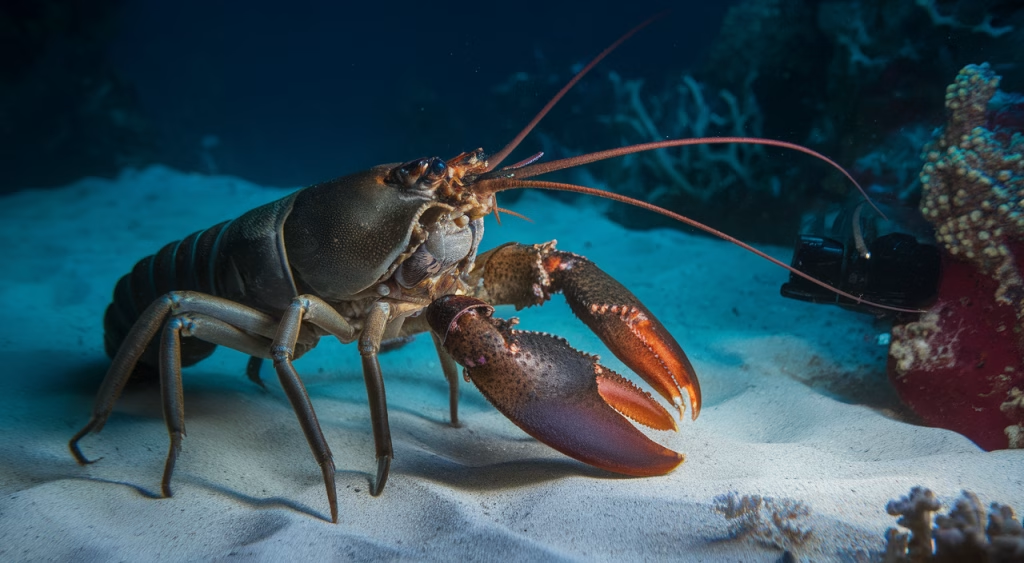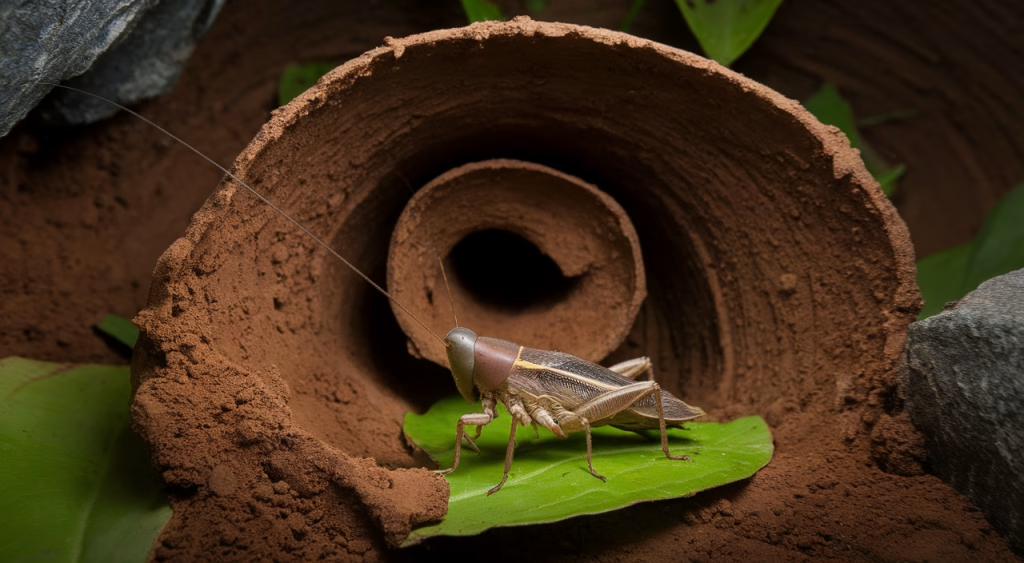Why Lobsters Pee Out of Their Faces: The Surprising Science Behind Marine Communication
Did you know that lobsters pee out of their faces? As strange as it sounds, this fascinating behavior is crucial for how they communicate, find mates, and establish dominance underwater. This unique form of chemical messaging relies on pheromones released through facial urine streams—a method that’s both bizarre and brilliant. In this deep dive into lobster behavior and marine biology, we’ll explore exactly how and why lobsters use facial urination during courtship rituals and territorial battles.
You’ll discover the evolutionary science behind this behavior, what it reveals about ocean life communication, and how researchers study these armored sea creatures’ most intimate interactions. Whether you’re fascinated by marine life or love weird animal facts, you’ll gain a new appreciation for these ancient ocean dwellers and their unconventional ways of saying hello.




